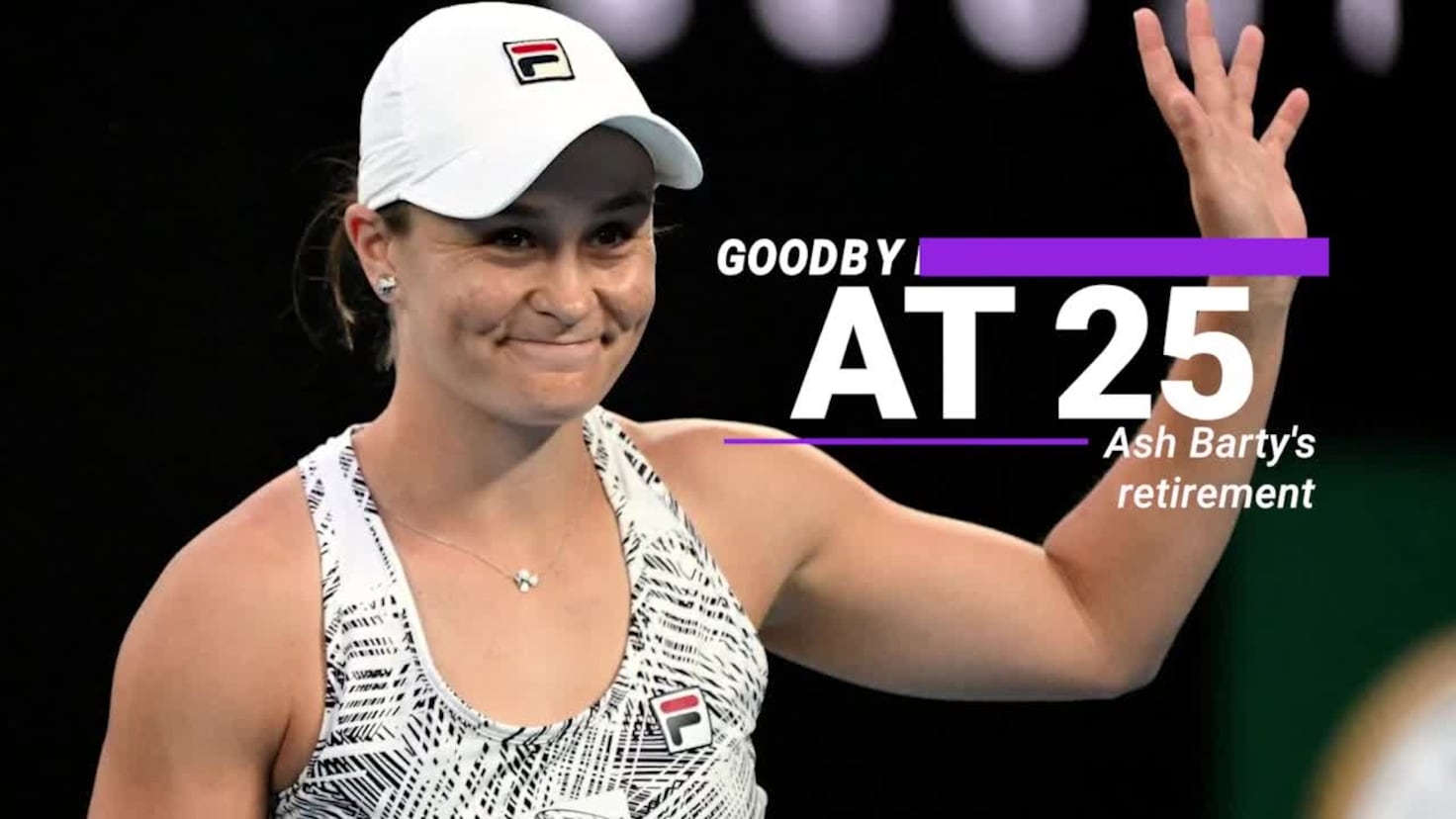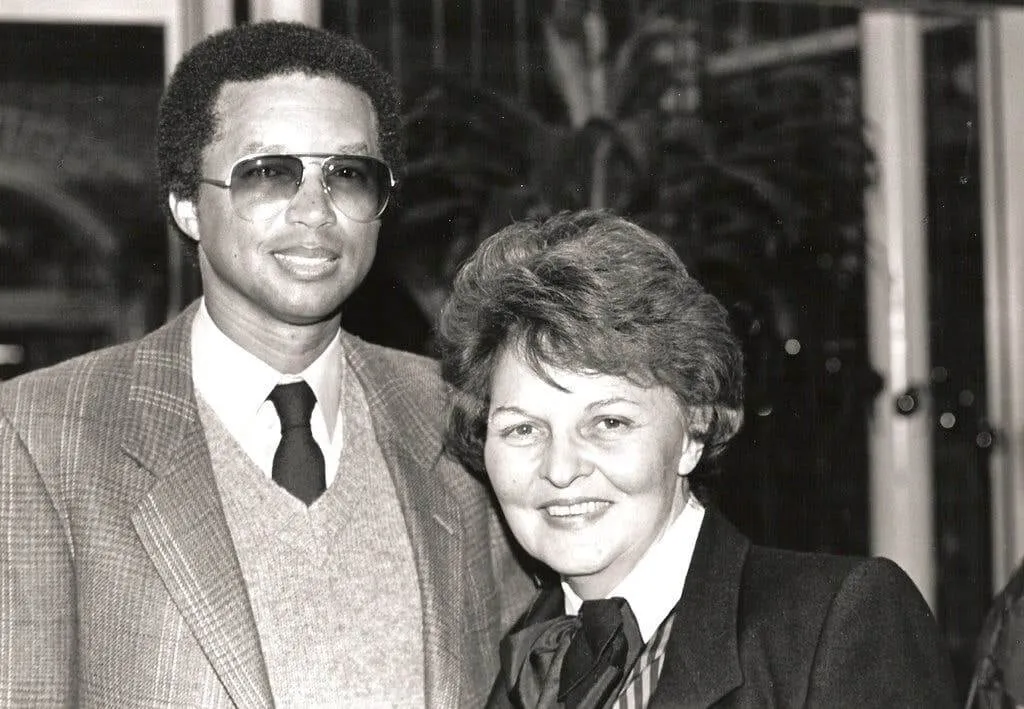Hanging Up the Racquet: When Do Tennis Players Retire

Did you know the average professional tennis player hangs up their racquet by 30? As fans, we often marvel at the athleticism and dedication required to excel in this demanding sport, yet we rarely consider the emotional and physical toll it takes on players.
This will explore the pivotal moments leading to retirement in tennis, shedding light on the factors influencing a player’s decision to step away from the court. By understanding these dynamics, readers will gain insight into the lives of their favorite athletes and the inevitable transitions they face.
Imagine dedicating your entire life to mastering a sport, only to face the bittersweet moment of retirement at a surprisingly young age. Tennis players, renowned for their prowess and agility, often grapple with this reality as they approach their thirties.
In this, we’ll delve into the complexities surrounding retirement in tennis—examining not just the physical challenges but also the psychological factors at play. Readers will discover what drives players to retire and how they cope with life after the court, offering a deeper appreciation for their journeys.
Retirement isn’t just a financial concern; for many tennis players, it marks the end of an identity forged through years of sweat and sacrifice. With stars like Serena Williams and Roger Federer making headlines for their departures, it’s essential to understand what leads these athletes to make such life-altering decisions. This will unravel the intricacies of retirement in tennis, highlighting key influences ranging from injuries to personal aspirations. By reading on, you’ll gain a richer perspective on this often-overlooked aspect of the sport and what it truly means to “hang up the racquet.”
Factors Influencing Tennis Player Retirement
Physical Limitations
As players age, their bodies may no longer respond as effectively to the rigorous demands of professional tennis. Chronic injuries can accumulate, leading to a decline in performance and increased difficulty in recovery after matches. The wear and tear on joints, muscles, and tendons can significantly impact a player’s ability to compete at a high level.
Mental and Emotional Fatigue
The mental strain of constant competition, travel, and media scrutiny can lead to burnout. Players may feel overwhelmed by the expectations placed on them by themselves, their coaches, sponsors, and fans. The emotional toll of losses and the pressure to maintain rankings can also contribute to a desire to retire.
Performance Decline
As younger talents emerge on the tour, seasoned players may find it increasingly challenging to compete at their previous levels. This realization can prompt consideration of retirement as players weigh their ability to keep up with the evolving competitive landscape and the physical demands of facing younger opponents.
Lifestyle Changes
Many players reach a point where they prioritize personal life over professional commitments. The grueling travel schedule and training regimens can take a toll on relationships and family life, leading players to seek a more balanced lifestyle away from the tour.
Financial Security
Players who have secured sufficient financial resources may retire earlier than expected. With lucrative endorsements and prize money, some players decide that they no longer need to compete professionally and prefer to focus on other ventures or enjoy their wealth.
Injury Management
Chronic injuries can lead players to reassess their long-term health and well-being. Concerns about future mobility, quality of life, and the potential for debilitating conditions can drive athletes to retire before they suffer irreversible damage.
Legacy and Accomplishments
Players may contemplate their legacies and whether they have achieved their career goals. A desire to retire while still at the top of their game or after achieving significant milestones can influence their decision-making process.
Coaching and Support Systems
The guidance of coaches, trainers, and family members can play a crucial role in a player’s retirement decision. Support systems that encourage open conversations about health, performance, and future aspirations can help players transition out of professional tennis.
Changing Interests
As players grow older, their interests may evolve, leading them to explore new opportunities outside of tennis. Whether it’s coaching, commentary, business ventures, or philanthropy, the pursuit of new passions can motivate a player to step away from the sport.
Injury Prevention Strategies
Innovations in sports science and injury prevention may influence a player’s decision regarding retirement. Players who adopt effective training regimens that prolong their careers might delay retirement, while others facing persistent injury issues may choose to retire sooner despite these advancements.
These factors collectively shape the complex decision-making process surrounding retirement for professional tennis players, highlighting the interplay between physical capabilities, mental resilience, personal aspirations, and external influences in their careers.
Typical Age of Retirement in Tennis
The average retirement age for male tennis players typically hovers around the mid to late 30s, while female players often retire a bit earlier, usually in their early to mid-30s. Factors influencing these ages include the physical demands of the sport, injury history, and personal circumstances or career goals.
For instance, male players like Roger Federer and Rafael Nadal have continued their careers into their late 30s, with Federer retiring at 41 and Nadal still competing at 37, showcasing that exceptional talent and conditioning can allow for extended careers at the highest levels.
On the other hand, players like Andy Roddick retired at 30, citing injuries and a desire to pursue other interests outside of tennis.
In the women’s game, players such as Serena Williams have defied the typical retirement age by competing successfully into their late 30s, while others, like Maria Sharapova, chose to retire at 32 after struggling with injuries and form.
These examples illustrate the diversity in retirement ages within tennis, influenced by individual circumstances, career trajectories, and the ever-evolving nature of the sport itself.
The Role of Finances and Sponsorships
Sponsorship deals can significantly impact an athlete’s decision-making process regarding retirement. The financial support derived from these deals often provides a safety net that allows athletes to consider their long-term health and well-being rather than solely focusing on immediate income from competitions or performances.
Sponsorship agreements not only supplement their earnings but also enhance their brand value, creating opportunities for additional revenue streams through endorsements, merchandise, and appearances. This financial cushion can encourage athletes to extend their careers, as they may feel less pressure to compete at peak levels if they have secured a stable income through sponsorships.
The nature of sponsorship deals can vary widely, with some athletes receiving lucrative contracts that provide them with substantial financial backing even after they retire from competitive sports. This can lead to a more gradual transition into retirement, allowing them to remain involved in their sport in other capacities—such as coaching, mentoring, or commentary—while still benefiting from the financial support of their sponsors.
The pressure to maintain performance levels to satisfy sponsors can also influence an athlete’s decision to retire. If an athlete feels that they are no longer able to perform at the level expected by their sponsors, they may choose to retire earlier than planned. This dynamic creates a complex relationship between finances, career longevity, and personal aspirations.
Post-Retirement Paths for Tennis Players
After a successful career on the court, many tennis players find fulfillment in sharing their expertise and experiences with the next generation. Coaching allows them to influence young talent, helping to cultivate skills and instill the values of hard work and dedication that are essential for success in tennis. Whether at junior academies or professional levels, former players can provide invaluable insights into technique, strategy, and mental fortitude.
Commentary is another popular avenue for retired athletes. With their firsthand knowledge of the game, they bring unique perspectives to broadcasts, offering analysis that enriches viewers’ understanding of matches. Engaging with fans through social media and public appearances can keep them in the limelight while fostering a connection with the sport they love.
Business ventures provide an opportunity for players to leverage their brand and marketability. Many former tennis stars launch their own clothing lines, equipment brands, or sports academies. Some become entrepreneurs in different fields, using their discipline and competitive spirit to thrive in new environments.
For those looking to pursue new interests, retirement can be a time of exploration. Many former athletes take up hobbies they didn’t have time for during their playing days, such as writing, painting, or even acting. Traveling to new destinations and experiencing different cultures can also offer a refreshing change of pace after years of rigorous training and competition.
Furthermore, philanthropic efforts become a meaningful pursuit for many retired tennis players. They often establish foundations or get involved with charitable organizations that focus on causes close to their hearts, such as youth education, health initiatives, or promoting access to sports for underprivileged communities.
Ultimately, the paths that retired tennis players choose can be as varied and dynamic as their careers on the court. By staying engaged with the sport they love while exploring new avenues, they can make a positive impact both within and beyond the tennis community.
Challenges After Retirement
- Coping with the loss of identity as a professional athlete.
- Physical and mental health considerations post-career.
- Financial management and planning for the future.
- Navigating relationships with family and friends as roles change.
- Finding new passions or hobbies to replace the competitive drive.
- Dealing with the pressure to maintain physical fitness after retirement.
- Adjusting to a more sedentary lifestyle and its implications.
- Managing the transition to a non-competitive environment.
- Addressing feelings of isolation or loss of community after leaving a team.
- Understanding and accessing available support systems, such as counseling or peer groups.
- Reevaluating personal goals and aspirations outside of sports.
- Exploring opportunities for mentorship or coaching to stay connected to the sport.
- Developing a new routine that fosters a sense of purpose and fulfillment.
- Confronting potential mental health issues, such as depression or anxiety, that may arise post-retirement.
- Learning how to leverage skills gained during an athletic career in other fields, such as business or entertainment.
- Building a personal brand or legacy that extends beyond sports.






